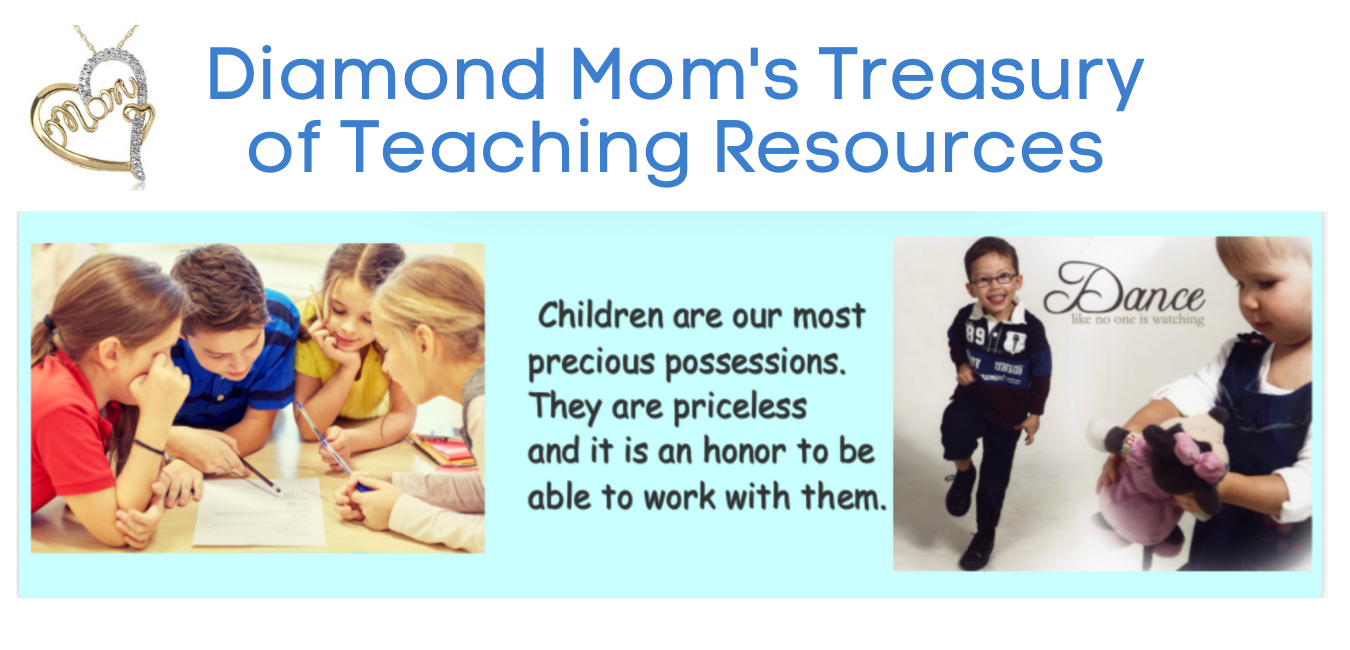|
There are many different issues that teachers deal with on a regular basis in the classroom that make teaching challenging. These can range from struggles with differentiation in various subject areas to managing different types of behavior in the classroom. Managing one or two of these issues in a classroom, can be doable, but with several issues happening simultaneously, it is easy for things to quickly get out of control. Here are a few of the challenges that were shared with me recently along with some suggestions to help manage them. Some Challenges In Today's ClassroomMany teachers are dealing with large classes, multiple grade levels, a wide range of abilities academically, differentiating and teaching the required curriculum, handling active children, tattling and other classroom management issues. In order to provide some suggestions, it's important to first look at some of the common reasons for behavior challenges with kids. Common Reasons For Behavior Challenges With KidsYoung children may exhibit behavior issues at school for a variety of reasons. Understanding these reasons can help teachers and parents address the underlying causes effectively. When I started looking at some common reasons for behavior issues in young children, I was overwhelmed by how many different reasons were possible. Several stood out. Young children are still developing the ability to manage and regulate their emotions. This can lead to outbursts, frustration, and difficulty coping with stress. They are still learning how to interact appropriately with peers and adults, which can result in misunderstandings, conflicts, and social frustration. Differences in cognitive development can affect a child's ability to understand rules, follow instructions, or stay focused on tasks. Struggling with academic tasks or having undiagnosed learning disabilities can lead to frustration and acting out. Conditions such as ADHD, autism spectrum disorder, or sensory processing issues can also influence a child's behavior. Children may exhibit behavioral issues when they are feeling anxious or stressed. This can be due to academic pressure, social challenges, or other stressors. Being bullied or bullying others can result in behavior problems. Children may act out in response to being victimized or to exert control over others. The desire to fit in or gain acceptance from peers can also lead some children to engage in inappropriate behaviors. Overcrowded classrooms, lack of structure, or inconsistency in rules and expectations can contribute to behavioral problems. Inconsistent application of rules and consequences can confuse children and lead to testing boundaries and acting out. Some children act out to gain attention from teachers or peers, especially if they feel neglected or overlooked. Children who are not sufficiently challenged or who find the material unengaging may become disruptive out of boredom. Stressful home situations can impact a child's behavior at school. These situations can vary, but here are a few examples: family conflict, divorce, or financial instability, changes such as moving to a new home, the arrival of a new sibling, or starting a new school. Lack of sufficient sleep can significantly impact a child's mood, attention span, and overall behavior. Poor nutrition or hunger can also affect a child's energy levels and ability to concentrate, leading to behavior issues. Ideas For Managing Multiple Groups At One TimeWith large classes and a range of abilities in each class, using a station approach is almost the only way to effectively get to all the kids. Managing multiple groups at once can be challenging but is essential for providing individualized support and instruction to students. Here are some ideas for effectively managing multiple groups simultaneously. If guided reading and math groups have been used, these ideas will be familiar. 1. Set up different learning stations around the classroom, each focusing on a specific activity or skill. Assign students to small groups and have them rotate through the stations at timed intervals. As one group works on independent practice or collaborative activities at a station, the teacher can provide direct instruction or guided practice to another group. 2. Arrange your classroom to accommodate multiple groups working simultaneously. Use tables, desks, or floor space to create separate areas where each group can work independently without disturbing others. Consider using portable whiteboards or privacy partitions to delineate group workspaces. 3. If available, enlist the help of support staff or classroom aides to assist with managing and supporting multiple groups. They can provide additional supervision, facilitate group activities, and offer individualized assistance to students as needed. 4. Conduct brief mini-lessons or instructional sessions with one group at a time while the other groups engage in independent or collaborative activities. Rotate between groups as needed, providing targeted instruction, feedback, and support based on each group's needs and progress. 5. Prepare a variety of assignments and activities that cater to the diverse needs and abilities of each group. Offer options for students to choose tasks based on their interests, learning styles, or readiness levels. Provide scaffolding and support materials as needed to ensure that all students can successfully complete the tasks. 6. Incorporate technology tools and resources for independent learning and group collaboration. Educational apps, online learning platforms, and interactive whiteboards can provide engaging activities, immediate feedback, and opportunities for virtual group work, allowing students to work at their own pace while the teacher works with other groups. 7. Circulate throughout the classroom to monitor student progress, provide assistance, and address any issues that arise. Schedule regular check-ins with each group to review their work, clarify instructions, and offer guidance. Use informal assessments and observations to gauge student understanding and adjust instruction as needed. By implementing these strategies, teachers can effectively manage multiple groups at once, providing personalized support and instruction to meet the diverse needs of all students in the classroom. Working With Multiple Grade LevelsIt would be unrealistic to expect to be able to cover the entire curriculum for each of the grade levels in depth, but there are some ways to make teaching to multiple grades work. After all, in the one room schools of the past, teachers had to figure out how to cover multiple subjects and grades every day. Granted, teaching is more complex now and the curriculum has also changed, but it's possible to make it work with some strategies. 1. Take a look at the curriculum for each grade and find the common themes or skills. Work with these themes and differentiate the material to accommodate the multiple grades and levels of the students. 2. Consider team teaching with someone and each taking one grade to teach a specific subject or theme when it doesn't work well in a single classroom. This can especially work in math where the concepts and skills can be significantly different for the various grade levels. 3. Collaborate with colleagues within and across grade levels to share resources, lesson plans, and teaching strategies. Managing behavior issues is more difficult because of the many possible reasons for the behaviors. Classroom management strategies can be used and often help if they are fair, consistent, and appropriate for the ages and needs of the kids. Different strategies will be needed based on the academic, physical, and emotional needs of the children and the amount of support that is provided to meet these needs. In Part 2, I will provide more ideas for dealing with different classroom behaviors as well as differentiation in math and literacy lessons. Related PostsComments are closed.
|
About Me Charlene Sequeira
I am a wife, mother of 4, grandmother of 9, and a retired primary and music teacher. I love working with kids and continue to volunteer at school and teach ukulele. Categories
All
|














 RSS Feed
RSS Feed